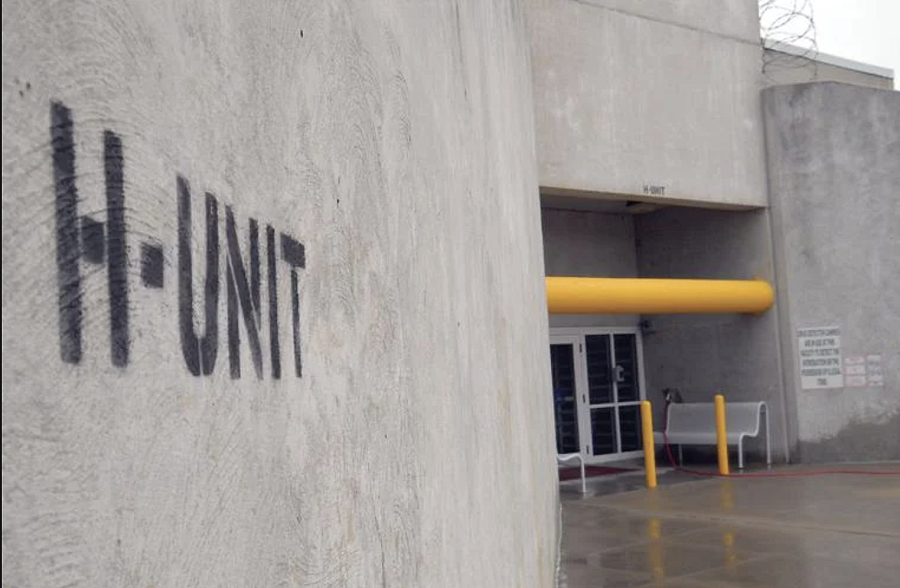Why we want to tell these revealing stories from Oklahoma’s death row

(Photo via Ellie Lightfoot and Gaby Caplan)
When we asked Bigler Stouffer, five days before his execution, if he’d chosen his last words, he didn’t hesitate: “Father, forgive them.” By “them” he meant his jailers.
Oklahoma’s death row is renowned for its exceptional brutality: total sensory deprivation, permanent solitary confinement, no human touch. While other states keep their prisoners in varying degrees of isolation, Oklahoma takes it several steps further — housing them in what our sources compared to being buried alive in a concrete tomb.
For the past eight months, we’ve been speaking regularly to three men inside H-Unit, Bigler Stouffer, Donald Grant and Wade Lay, in the lead ups to their executions, for an upcoming audio story for Snap Judgment.
These men were among the first to have execution dates set after a five-year moratorium was recently lifted (originally put in place because of the state’s history of botched executions). Beyond their critical position in Oklahoman capital punishment policy, over time, we’ve found these men emblematic of larger inequities in Oklahoma State Penitentiary. The slow march toward the three men’s execution will provide the scaffolding through which narrative and investigative discoveries, such as the penitentiary’s complete denial of medical or mental care, unfold.
The first to be executed last December, Bigler Stouffer, 79, was a devout Catholic. He was “ready to meet the Lord.” Stouffer is effective narratively because he provides the most visual description of the horrors of H-Unit. His daughter, Suzanne, provides one of the most emotionally stirring moments, where she describes her final visit where she was given 30 minutes to shout her goodbyes through holes in plexiglass.
“Every sound was so loud and magnified, you could almost hear your heartbeat in your chest,” she recalled.
Then Donald was executed on Jan 27. We followed his brother Joe to witness the execution. Donald was a 46-year-old schizophrenic, who, unlike Bigler, was terrified his execution would be botched. In his words, he was “set up to fail” from day one. He grew up in East New York in one of Brooklyn’s most violent projects in extreme poverty. We learned eventually that he coped with the isolation through Afrofuturism, which he described to us over the phone, playing hip hop and expanding upon the lyrics. Donald’s story highlights the clear racism and inequity at play with regards to death sentencing in the United States.
Next up was supposed to be Wade Lay, another diagnosed schizophrenic, but he has been issued a temporary stay while awaiting a competency trial. Obsessed with the constitution, he’s convinced the government and prison are singularly plotting against him, his paranoia worsened by guards’ cruel treatment. One of the most interesting things about Wade is his own emotional journey over the past six months. He’s gone from being suicidal to coming out to us as gay, something he’s never said out loud to anyone. Wade highlights the rampant and extreme mental health issues amongst the men on H-Unit. He also served as a juxtaposition to Donald, who was arguably more mentally unstable than Wade but was not given a competency hearing.
Beyond providing us the time and resources we need to produce this complex narrative story well, the Center for Health Journalism National Fellowship is allowing us to further investigate the health disparities we’ve heard echoed from each of our sources.


